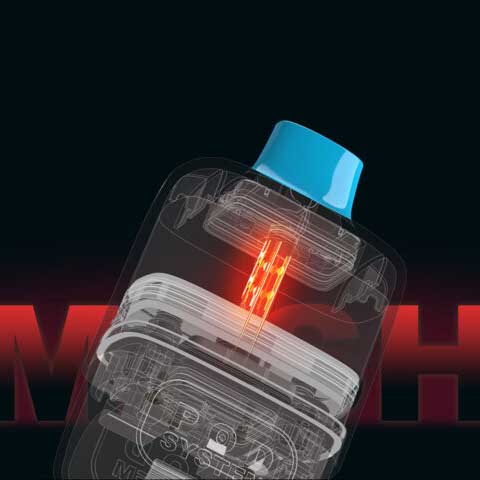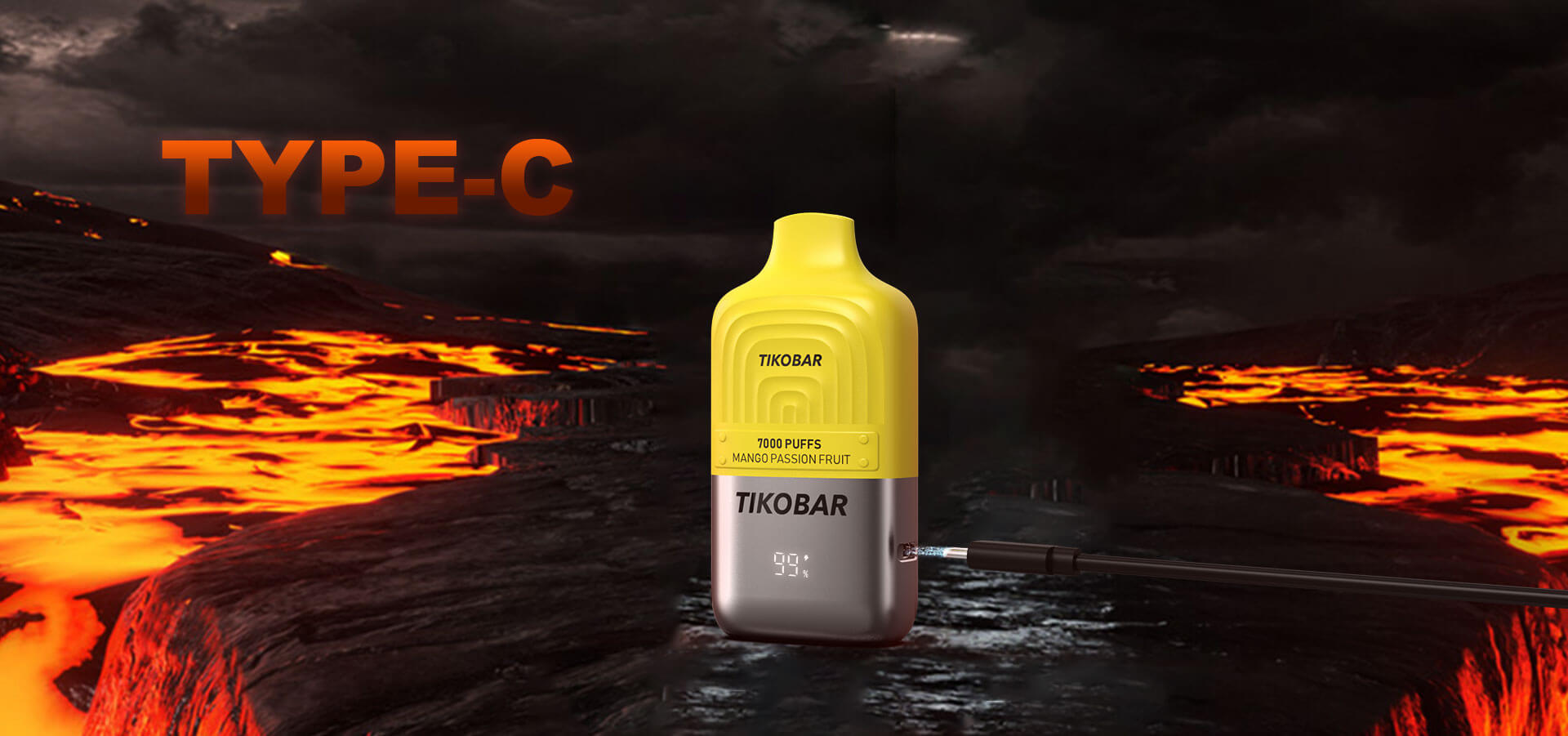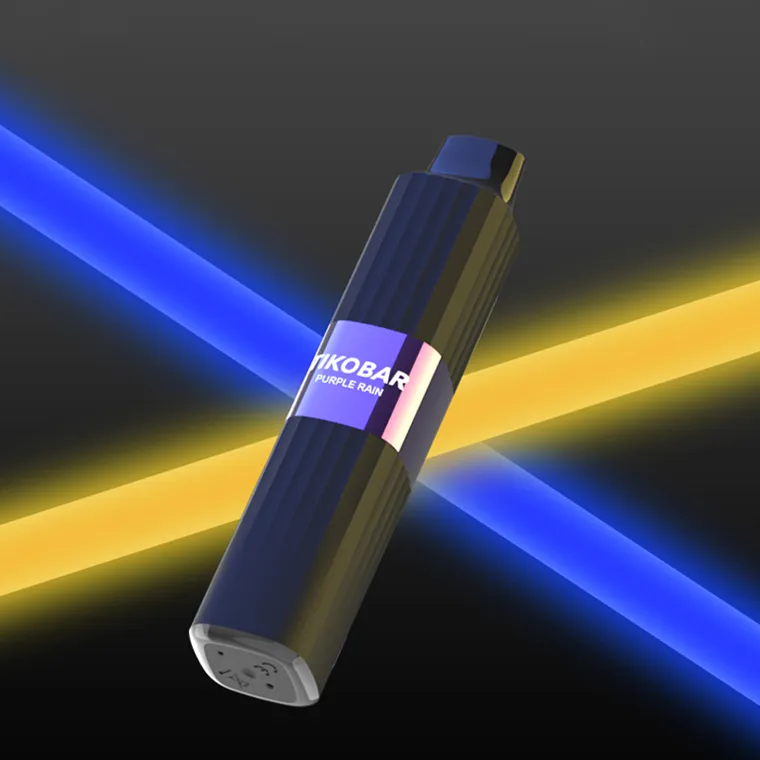Introduction
The popularity of disposable vape pens has surged in recent years, offering convenience and portability to countless users. However, while disposable vape pens have become increasingly accessible through various channels, including disposable vape pens suppliers and wholesale disposable vape pens distributors, not all products are created equal. Ensuring the safety of the vape pens you use is crucial.
In this article, we will explore materials’ critical role in the safety of disposable vape pens. From understanding the components to evaluating the materials used, we’ll equip you with the knowledge needed to make informed decisions as a consumer.

Understanding Disposable Vape Pens
Disposable vape pens have gained widespread popularity due to their simplicity and ease of use. These devices typically have four main components: a battery, an atomizer, an e-liquid, and a mouthpiece. It’s essential to consider the materials used in each element as they can significantly impact product safety.
Battery: The battery provides the power source for the vape pen. Low-quality batteries can be prone to overheating or exploding, presenting a severe safety risk to users.
Atomizer: This component is responsible for heating the e-liquid and producing vapour. The materials used in the atomizer can affect the quality of the smoke, and some fabrics can release harmful substances when heated.
E-liquid: The e-liquid contains flavourings, nicotine, and other compounds. While the e-liquid is not a pen component, its quality and ingredients can impact safety and overall vaping experience.
Mouthpiece: The mouthpiece is the part that users inhale from. Materials used in the agent should be safe for human consumption and free from toxins.
The Significance of Material Selection
The choice of materials in disposable vape pens is crucial in ensuring product safety. The materials used can impact the device’s performance, the quality of the vapour, and, most importantly, the user’s health. Let’s delve into the significance of material selection:
Durability: High-quality materials contribute to the overall durability of the vape pen. Well-constructed pens are less likely to malfunction or break, reducing safety risks.
Toxicity: Cheap or subpar materials may contain harmful substances that can be inhaled or leached into the e-liquid, posing health hazards to users.
Flavour and Vapor Quality: The materials used in the atomizer can affect the flavour and vapour quality. Some materials can alter the taste of e-liquids or produce an unpleasant aftertaste.
Environmental Impact: Disposable vape pens also have an ecological footprint. Sustainable materials are not only safer for users but also more eco-friendly.
Common Materials Used in Disposable Vape Pens
Disposable vape pens can be constructed using a variety of materials. Each material choice comes with its own set of advantages and disadvantages. Understanding these materials is crucial for making informed decisions as a consumer:
Plastic:
- Pros: Plastic components are lightweight, inexpensive, and readily available, making them a common choice for disposable vape pens.
- Cons: Some plastics can release harmful chemicals when heated, potentially compromising user safety. Low-quality plastics may be more prone to breakage.
Metal:
- Pros: Metal components are durable and less likely to break or crack.
- Cons: If the metal used contains impurities or toxins, it can pose health risks when heated. Moreover, metal components can make the device heavier and less portable.
Glass:
- Pros: Glass is considered one of the safest materials for vape pen components. It is non-reactive and does not release harmful substances when heated.
- Cons: Glass is fragile and can break easily, potentially causing safety issues if not handled carefully.
Other Materials:
- Some manufacturers experiment with alternative materials such as ceramic or high-quality stainless steel. Ceramic is known for its heat resistance and purity, making it a safe choice for atomizers. Stainless steel, when of high quality, can balance durability and safety.
Health and Safety Concerns
The choice of materials in disposable vape pens directly impacts the health and safety of users. It’s essential to be aware of potential risks associated with poor material choices:
Inhalation of Toxins: When heated, certain materials may release toxins or chemical byproducts into the vapour, which users can inhale. This poses health risks and can lead to respiratory issues over time.
Allergies and Sensitivities: Some users may be sensitive to certain materials used in vape pens, leading to allergic reactions or discomfort. High-quality, safe materials can help avoid these issues.
Impact on E-Liquid Flavor: Low-quality materials can alter the taste and quality of the e-liquid, resulting in an unpleasant vaping experience.
Environmental Impact: Disposable vape pens often end up in landfills, contributing to environmental pollution. Opting for cells with more sustainable materials can help mitigate this impact.
Regulations and Quality Standards
To ensure the safety of disposable vape pens, regulatory bodies and industry standards have been established to guide manufacturers and protect consumers. When considering the purchase of disposable vape pens, it’s essential to be aware of these regulations and standards:
Existing Regulations:
- Regulatory bodies in various countries, including the FDA in the United States, have implemented regulations to oversee vape product manufacturing, labelling, and marketing. These regulations often include safety requirements related to materials.
Certifications:
- Look for disposable vape pens that have obtained certifications or comply with industry standards. Certification labels, such as CE or RoHS, indicate that the product meets specific safety and quality criteria.
Third-Party Testing:
- Reputable manufacturers often subject their products to third-party testing to ensure safety and quality. Check for products that have undergone such testing to verify their material safety.
Tips for Choosing Safe Disposable Vape Pens
When it comes to selecting disposable vape pens, here are some practical tips to help you make safe choices:
Research:
- Take the time to research different brands and products. Read product descriptions, reviews, and any available safety information.
Read Labels:
- Check the product label for information on materials used and certifications. A transparent manufacturer will provide this information.
Brand Reputation:
- Choose products from reputable brands known for their commitment to safety and quality.
Avoid Suspiciously Low Prices:
- Low prices can be a red flag. Be cautious of products that seem too good to be true; they may compromise on materials and safety.
Consider Environmental Impact:
- Choose products with materials that are more eco-friendly to reduce your environmental footprint.
Conclusion
The safety of disposable vape pens is not solely determined by their design and functionality but also by the materials used in their construction. As a responsible consumer, you must be informed about the materials in your chosen vape pen and prioritize safety and quality. When deciding, consider durability, toxicity, flavour, and environmental impact.
In a market where disposable vape pen suppliers and wholesale disposable vape pen distributors offer a wide range of products, your materials awareness will empower you to select the safest and most enjoyable vaping experience. Your health and satisfaction should always be the top priorities when choosing a disposable vape pen.








